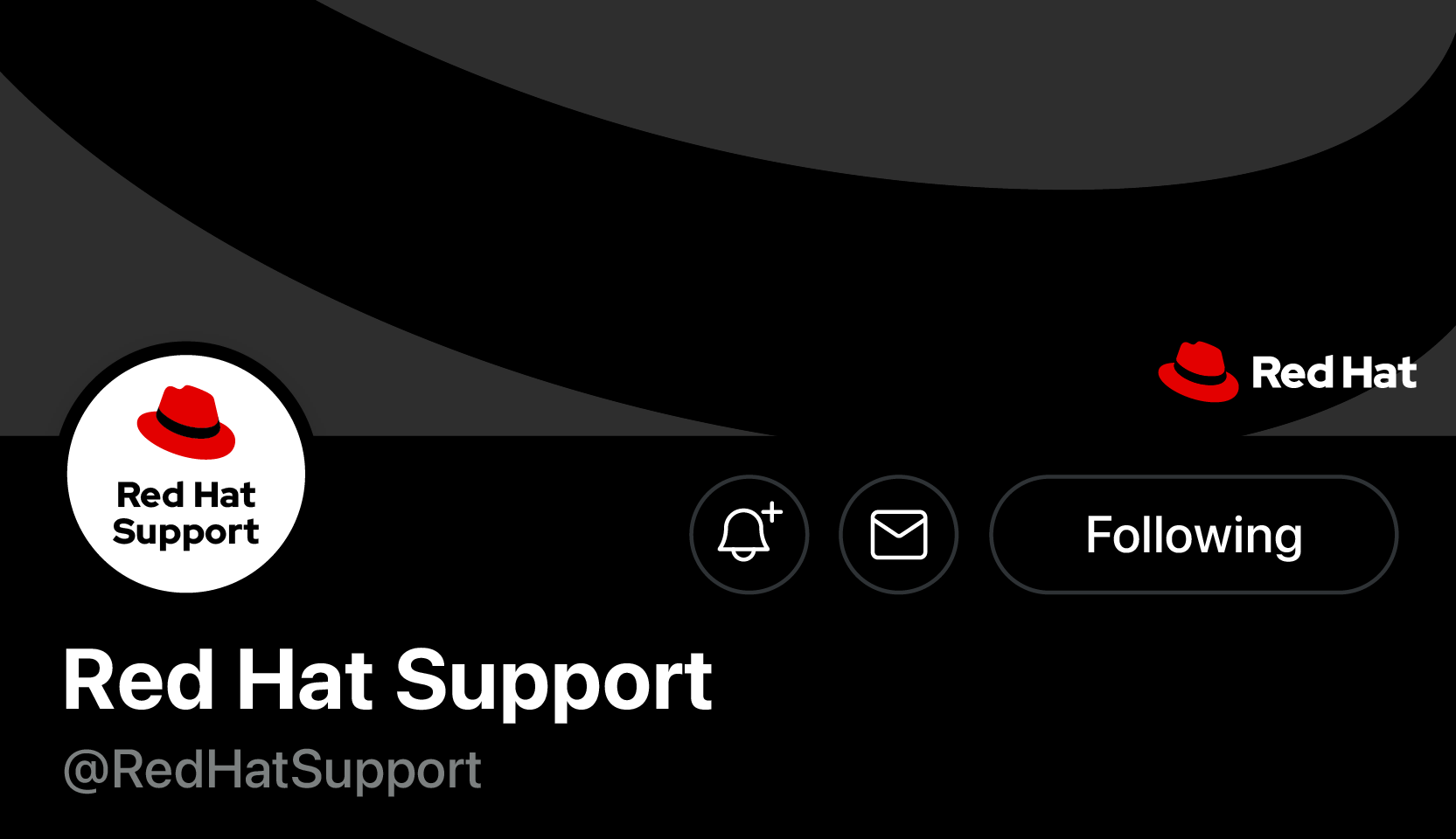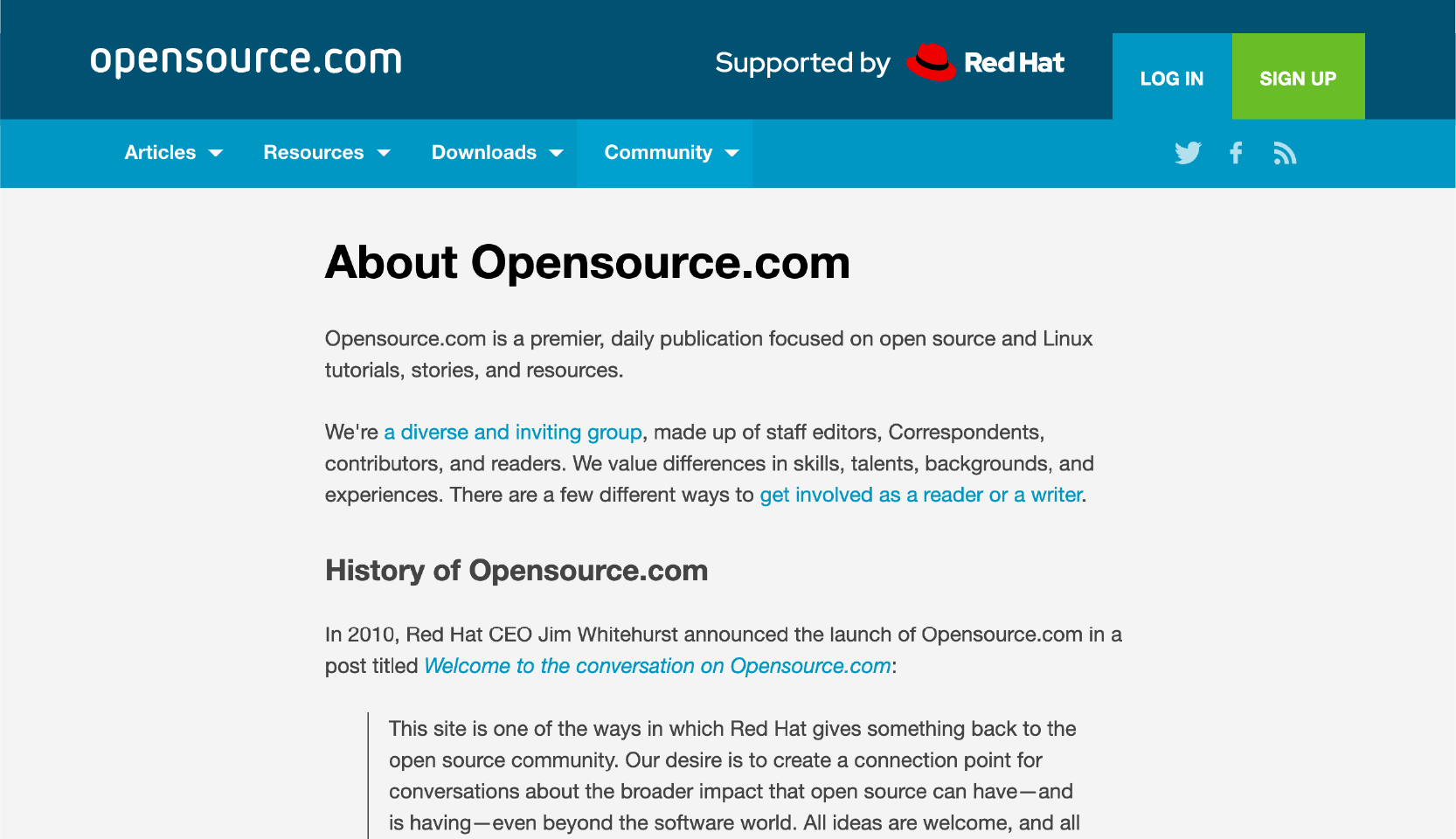When we form communities that share—whether they share code, ideas, or expertise—we are all enriched. Our brand and our company culture promote openness, collaboration, sharing, and transparency.
Our list of products and technologies may change as customer needs shift over time, but Red Hat is a constant presence. This is the basis for our brand strategy—we always lead with the parent brand, Red Hat, in both visual treatments and naming.










